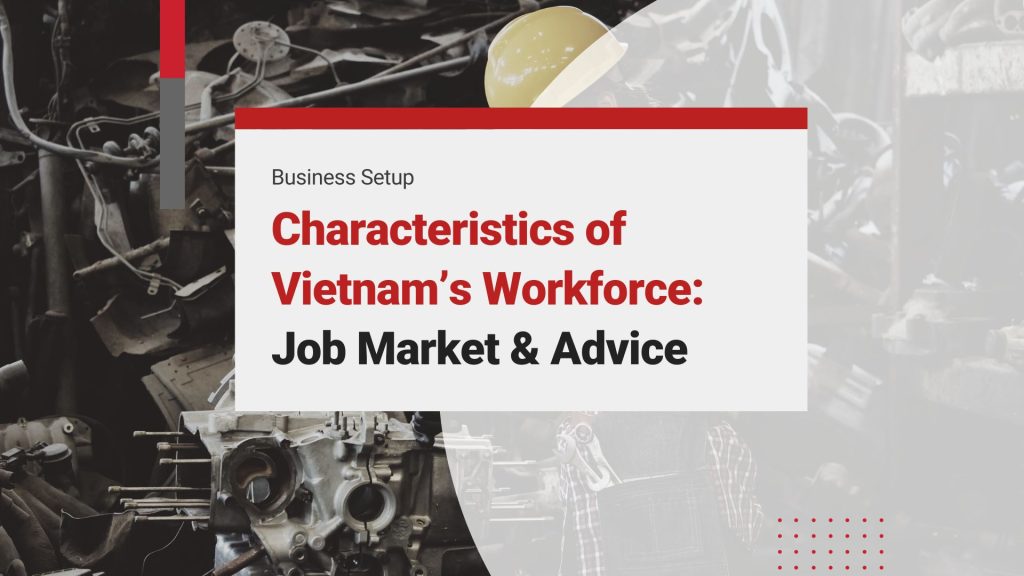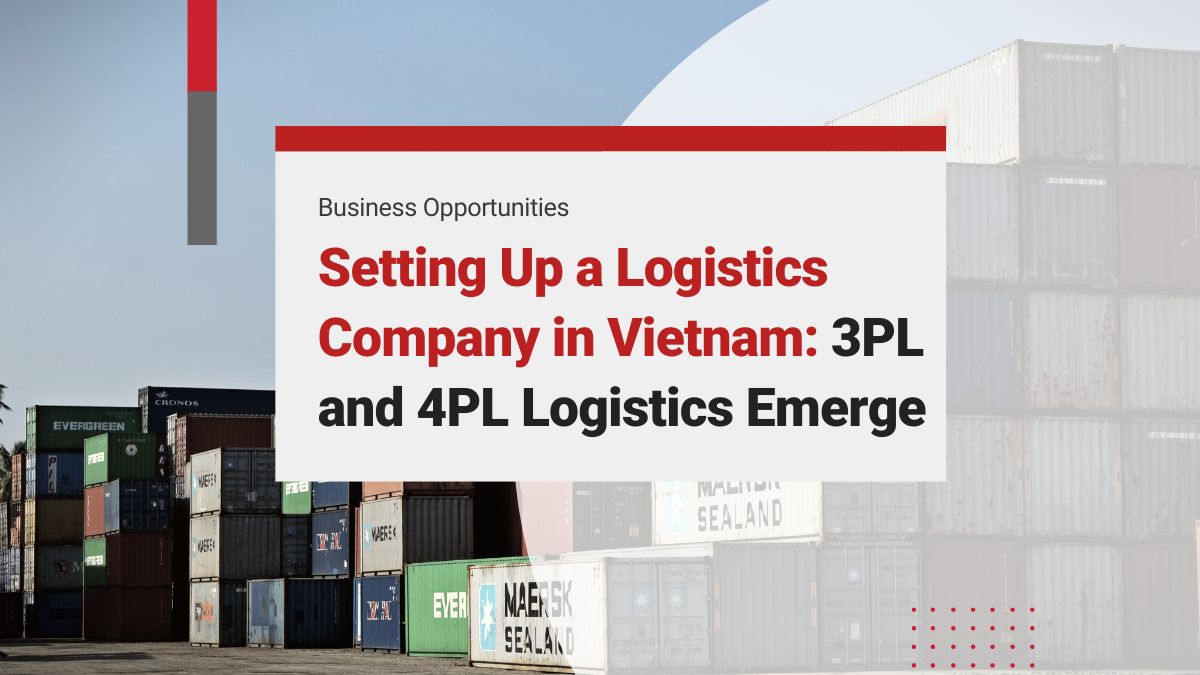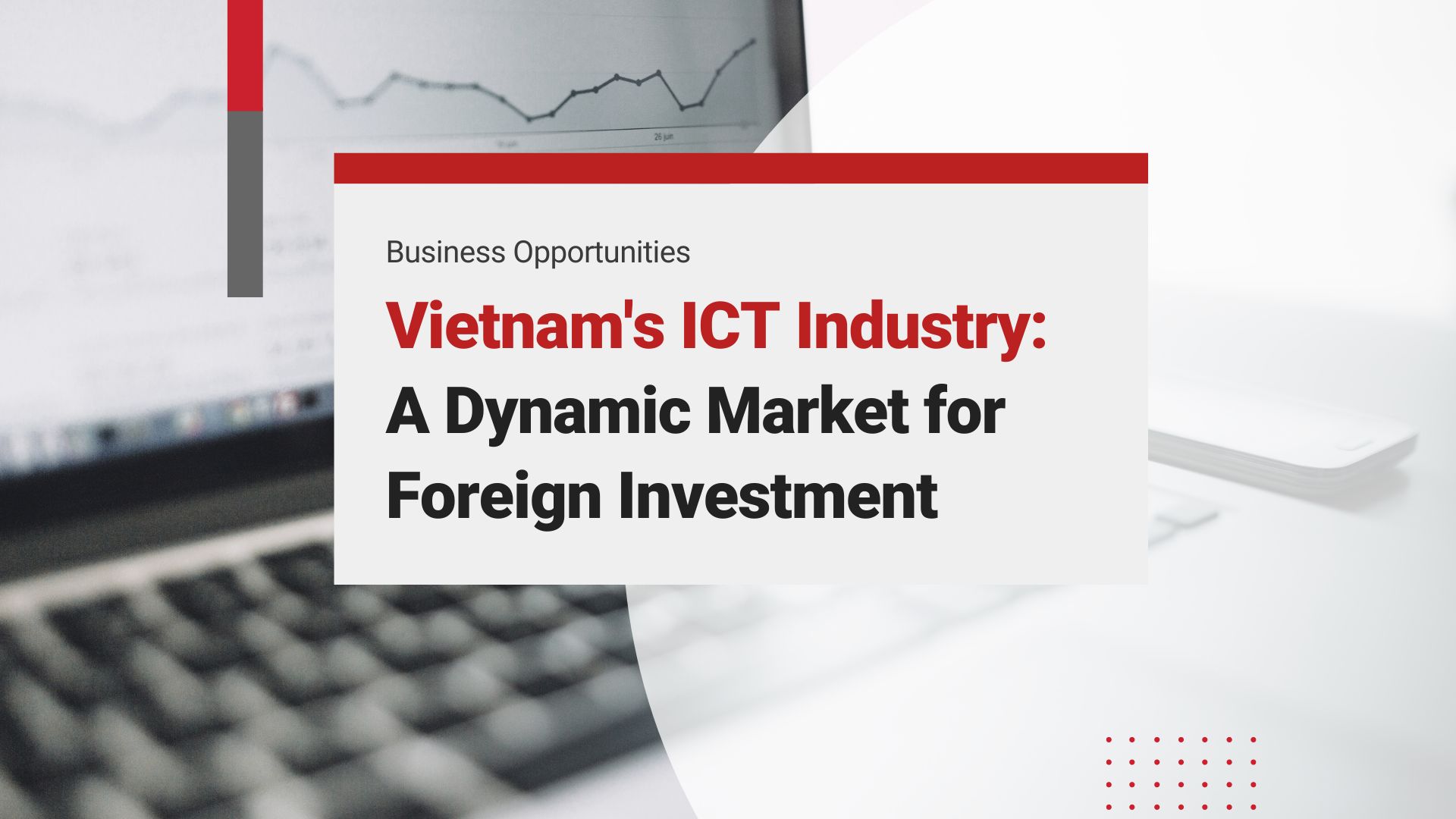Comprehending local labor laws is crucial for compliant recruitment practices in Vietnam. When hiring and compensating employees, adherence to these regulations is key to smooth business operations. Additionally, a thorough understanding of the Vietnamese market is vital to identify potential opportunities and anticipate challenges, facilitating seamless integration. This article aims to guide business owners in familiarizing themselves with Vietnam’s workforce, hiring procedures, labor laws, and the resources available for successful business management.
Vietnam’s Changing Workforce
Vietnam’s rapid economic growth has brought significant changes to its societal and labor structures. The country boasts a young and sizable workforce, with over 51.6 million people, 58% of whom are under 35, from a total population of 99 million.
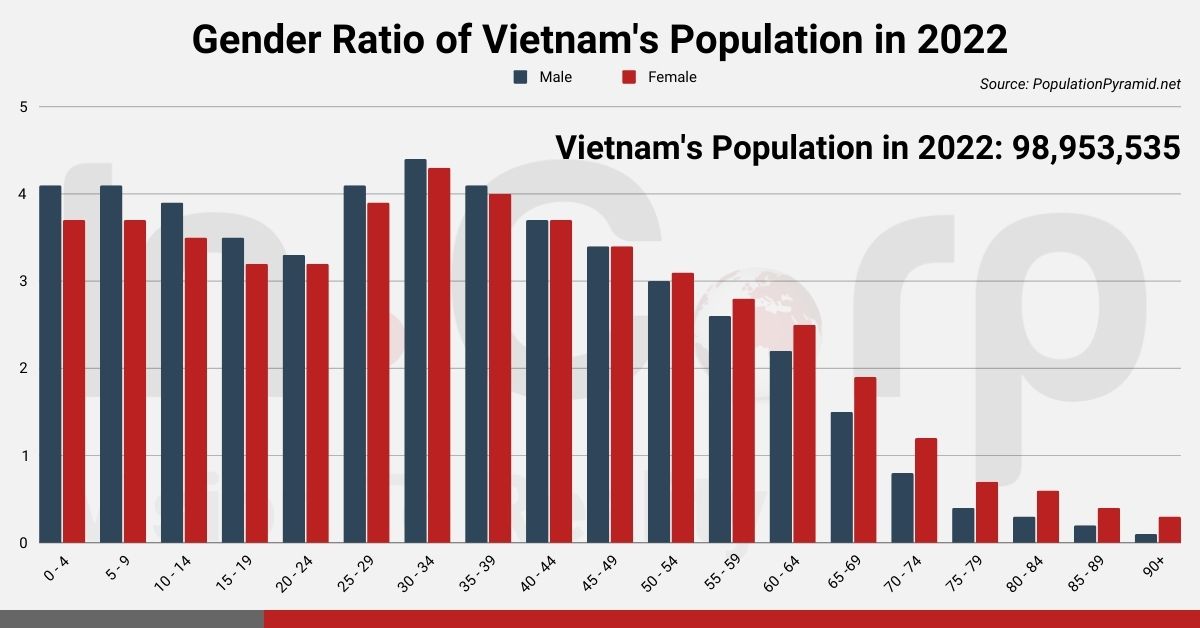
The industrial and service sectors have seen substantial growth, with many companies relocating from China to Vietnam. These sectors are now major employers, with the service sector contributing 41% to the GDP. As of Q2 2022, Vietnam had 45 million working-age employees, a 2.3% increase from the previous year, and recruitment platforms like JobHopin reported a 38.6% rise in job postings.
Read Related: Doing Business in Vietnam as a Foreign Investor: What, Where, Why, How?
Vietnam’s abundant labor force and competitive labor costs make it a prime destination for manufacturing and software outsourcing in Southeast Asia. Post-COVID-19, the country is rapidly recovering, evidenced by a 34.9% drop in unemployment rates.
The workforce is adaptable to new technologies, bolstered by young Vietnamese returning with international education. However, Vietnam faces challenges in talent, particularly in advanced language and tech skills. The government is addressing this through reforms in technical and vocational training, prioritizing IT skills, to align with labor market demands.
Still wondering how to start recruiting Vietnamese employees for your business? Take a look at our Recruitment Outsourcing Service!
Characteristics of Vietnam’s Workforce
A Young and Large Force
Vietnam’s labor market reflects a demographic that is quite young, with a sizable share of the workforce falling between the ages of 25 and 54. In 2023, the workforce in Vietnam will be 32.5 years old on average.
Additionally, there are clear patterns in the distribution of gender and age in the Vietnamese labor market. Approximately 48% of the working force is made up of women, who represent a sizable share of the workforce. Through several legislation and initiatives, efforts are being made to advance gender equality and empower women in the workforce.
What to Know About Wages and Salary
The favorable demographics aside, an additional advantage of the workforce available to you in Vietnam is the lower cost, which contributes to lower costs of business operations.
The average pay in Vietnam is significantly lower than in other regions of the globe, including Asia. In Hanoi and Ho Chi Minh City, the minimum wage (updated in 2024) is US$196 (VND 4,960,000), whereas, in many rural areas, the minimum wage is US$137 (VND 3,450,000).
This reflects the most recent updates from the government which occurred in July 2024. It must also be mentioned that for employees with university degrees, an additional 7% should be added on top.
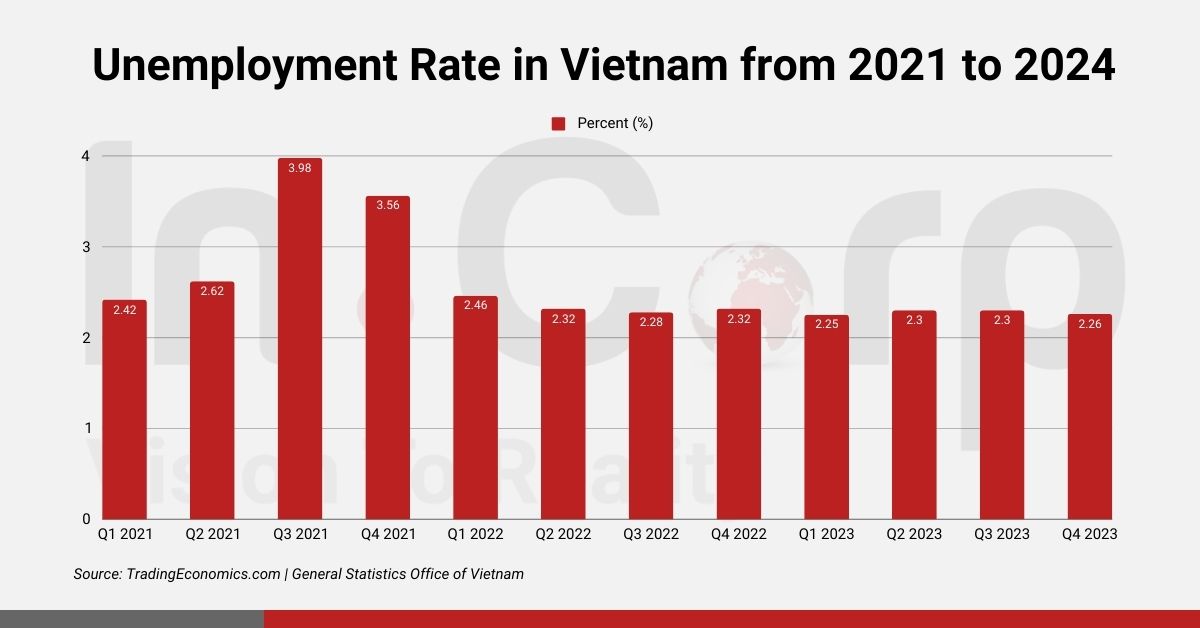
Education Level
Vietnam has made significant strides in improving its education system, leading to an increase in the overall standard of education. The literacy rate among the Vietnamese population stands at an impressive 94.5%, surpassing the global average of 83.5%. Moreover, Vietnam ranks 7th out of 19 Asian countries in terms of English speaking skills, highlighting the country’s dedication to language proficiency.
In terms of Vietnam’s workforce qualifications, the percentage of trained workers holding degrees or certificates remained steady at 26.4% in the first quarter of 2023 compared to the previous quarter but exhibited a slight increase from the same period in 2022. This figure holds significant importance as Vietnam strives to advance into the high-tech industry, which necessitates a skilled labor force.
In the second quarter of 2023, the percentage of the trained labor force with degrees and certificates rose to 26.8%, marking a 0.4 percentage point increase from the previous quarter and a 0.6 percentage point increase compared to the same period last year. Overall, the first six months of this year saw a 0.5 percentage point increase, bringing the total percentage of trained labor force with degrees and certificates to 26.6%. These statistics were reported by the General Statistics Office.
To support the development of a skilled workforce, Vietnam has implemented numerous vocational training programs across various fields such as mechanics, electronics, hospitality, and information technology. These initiatives aim to enhance individuals’ employability and bridge the gap between industry demands and the skills possessed by the workforce. As of 2023, there are thousands of such programs available, reflecting Vietnam’s commitment to fostering a competent workforce capable of meeting the evolving needs of industries.
Careful, Meticulous, and Hardworking
Vietnamese individuals possess a notable level of skill and precision when it comes to tasks that demand meticulousness and accuracy. Many are proficient in repairing household electrical systems, and plumbing, and attending to minor issues with their motorbikes or bicycles. However, when it comes to their professional work, maintaining this level of ingenuity can be challenging. While they initially exhibit focused dedication, the Vietnamese workforce often struggle-need help to uphold the same level of attention to detail throughout the production process.
Nevertheless, Vietnamese workers are widely recognized and appreciated by foreign employers for their commendable qualities, including their hardworking nature, intelligence, and eagerness to learn new skills. They demonstrate a remarkable ability to quickly adapt to new working environments, requiring minimal training investments from employers. Additionally, Vietnamese workers display a willingness to put in extra hours and perform under pressure when required.
Differentiation of Employment Sectors
In the first half of 2023, according to the General Statistics Office, the employed workforce in Vietnam’s agriculture, forestry, and fishery sectors is projected to reach approximately 13.8 million individuals, representing 27% of the total workforce. This figure reflects a decrease of 0.7 percentage points or a decline of 71.8 thousand people compared to the same period last year.
On the other hand, the industry and construction sector is expected to employ around 17.2 million individuals, accounting for 33.6% of the total workforce. This sector shows a slight increase of 0.2 percentage points or an addition of 414.9 thousand people compared to the previous year.
The service sector is anticipated to employ approximately 20.1 million individuals, making up 39.4% of the total workforce. This sector demonstrates growth of 0.5 percentage points or an increase of 558.9 thousand people compared to the corresponding period last year.
These statistics reflect the distribution of Vietnam’s employed workforce across different sectors during the first half of 2023, highlighting changes in employment trends compared to the previous year.
General Status of Vietnam’s Job Market
Vietnam’s workforce market is distinguished by a sizable and diverse workforce. According to the General Statistics Office, statutory working-age employed workers were estimated to be 45 million in numbers as of Q2 2022, up 2.3% year on year. JobHopin, however, recorded a staggering 38.6% increase in jobs listed on their platform.
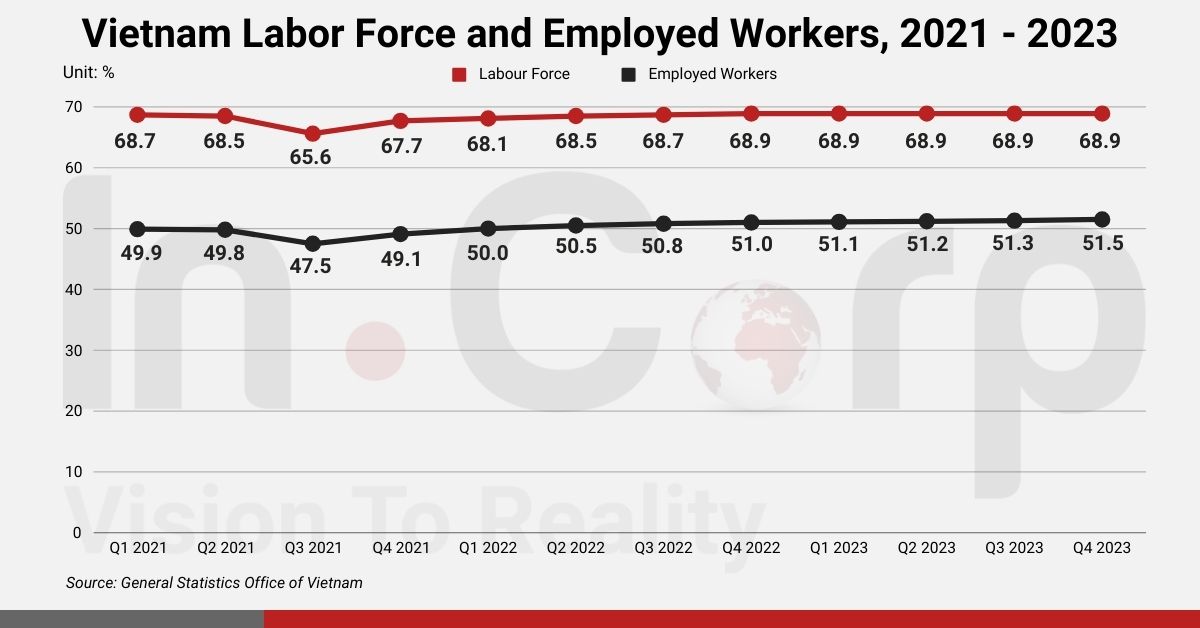
It’s safe to say that Vietnam is on the fast track to fully recover from the effects of COVID-19, with unemployment rates dropping by 34.9% from the last quarter, and people negatively impacted by the pandemic dropping by 52,7%. Vietnam is anticipated to surpass 100 million citizens by 2023, placing it as the world’s 15th most populated nation. Vietnam’s workforce market is significantly shaped by the demography of the population.
In the second quarter of 2023, the country’s labor force was estimated to be 52.3 million strong, an increase of 107.1 thousand over the previous quarter and an increase of 698.2 thousand over the same period the previous year; in the first six months of the year, the labor force was estimated to be 52.3 million strong, an increase of 867 thousand.
Employment in the second quarter of 2023 was estimated at 51.2 million people, an increase of 83.3 thousand people compared to the previous quarter and an increase of 691.4 thousand people compared to the same period last year; in the first 6 months of the year, employed persons were 51.2 million people, an increase of 902 thousand people. Positive trends have been observed in Vietnam’s employment rate, with 76.9% of the working-age population being employed and unemployment rates expected to fall by 2.25% in 2023.
High-demand Skills/Industries
Experts state that if there were any keywords to describe the job market in 2021, they would be “blockchain” and “metaverse”. The year 2021 has seen a remarkable breakthrough in Blockchain and Metaverse. In 2022, this field is expected to grow rapidly. Observing the Vietnamese human resources market recently, we can see many Blockchain startups being founded and operated, accompanied by the “thirst” for skilled human resources.
The keyword “Blockchain programmer” alone has returned nearly 4 million search results. According to statistical data from JobHopin’s customers and partners, this is the position with the highest demand for talented people. Blockchain brings many completely new jobs such as Community Manager, Validator, Game Guild, etc. Most of the personnel in these positions do not have in-depth experience and need a lot of training and guidance to adapt. There is a big demand for human resources, but the supply is very limited.
Based on data from the latest market research, apart from blockchain, recruiters also showed increased interest in IT, retail (specifically e-commerce), and advertising. Meanwhile, popular and rising sectors among job seekers were IT, advertising, and financial services.
Skills currently in high demand in Vietnam
| IT | Advertising | Finance |
|---|---|---|
| Software Developer | Account management | Banking |
| Product Management | Marketing | Accountant |
| System | Planning | Finance |
| Java | Brand management | Auditing |
| Operations | Digital | Consultant |
Talent Shortage
Speaking of the limited supply of talent, we also looked at some of the sectors where companies are having a hard time obtaining candidates with the right qualifications.
- Blockchain. As mentioned previously, the blockchain industry is the most intense playing field for recruiters in 2022. Software developers and blockchain developers are the most recruited jobs in this space.
- Game development. Vietnam’s game enterprises ranked 7th most desirable in the world, and with some of them making big waves across the world as well as going public, workforce expansion becomes key.
- Business intelligence. As part of the digital transformation movement, data, and analytics have also been forecast to face talent shortages throughout 2025. Data engineers and analysts are becoming increasingly valued as foreign companies also start to outsource to Vietnam in their digitization processes.
Additionally, other research has also listed marketing, construction, food technology, hospitality, and counseling psychology as high-demand careers in the upcoming years.
Challenges Faced by Recruiters/Businesses
- Inadequate Employer Branding: Employers must take a proactive approach to attract and engage with top talent. A well-planned employer branding strategy can help influence businesses’ reputation as an employer among job seekers, employees, and key stakeholders. However, not many companies nowadays really pay attention and invest in employer branding.
- Lacking Market Insights: Market insights research helps businesses identify market trends, understand their core customers better, and set suitable goals. But in reality, the number of personnel for this industry is limited and has not been focused on by recruiters despite its high demand.
- Unclear Job Descriptions: Some businesses and employers still haven’t identified the specific requirements or essential skills they need from their potential employees, therefore, their job descriptions don’t appear to be transparent to candidates. Besides, factors such as the unclear scope of work or niche requirements also make it challenging for businesses to recruit qualified individuals.
- Impractical Language Requirements: Many businesses require advanced English level and certain certifications to prove the candidate’s English abilities. This can make it difficult for them to find the ideal candidate as some applicants may still have decent English skills and be qualified for the position but lack supporting documentation.
Read Related: 10 Key Obstacles to Doing Business in Vietnam
Navigating Vietnam’s Unique Job Market
Technology and Recruitment
Human resources and recruitment are also among the numerous industries reaping the benefits of technological advancements as of late. Technology in recruitment helps streamline the recruitment process, from screening resumes and scheduling interviews to updating information and storing data, thereby saving the business time and effort. It also helps the recruitment process to be more efficient with both quality and quantity.
By taking advantage of new technologies such as AI/Deep learning, recruitment professionals can reduce paperwork and administrative burdens and focus on more critical tasks. Therefore, the application of technology helps to enhance the job quality of recruiters.
- Apply Technology to Background Screening: By applying technology advancements, recruiters would be able to improve the quality and objectivity of recruitment, save time fill positions faster, and enhance the candidate experience and employer brand.
- Use the Support from Recruitment Consultants: Providing great support, recruitment consultants help companies save time and money on their recruitment process by identifying suitable talent, advertising opening roles, negotiating and interviewing candidates, and giving helpful industry insight.
What are Job Seekers Looking for in a Listing?
Career Path: It is surprising to see that job seekers nowadays care more about their career development than their salary range. Top talents are now in search of a position where their leader or manager can map out their future growth and create realistic goals.
Working Environment:
- Flexibility: After COVID-19, remote working seems to be the latest norm and people are leaning toward working flexibly. Being able to choose where to work and when to work became one of the benefits that job seekers are interested in.
- Personal Recognition: While companies expect employees to contribute wholeheartedly to the company’s growth, job seekers need recognition for their hard work and a sense of appreciation for their efforts.
- Learning Opportunities: Job seekers also want to be able to learn while working, joining more in-depth courses to enhance their work quality.
Avoiding High Turnover Rates
As with companies worldwide, turnover rates in Vietnam have never been higher due to the pandemic. Furthermore, Vietnam is also known to be struggling with “brain drain”, where employees emigrate for better opportunities. Our talk with JobHopin’s representative also offered some insights into how the problem can be combated.
- Focus on employee engagement
- Create a win-win situation between the employee and the employer
- Recognize and invest in talented and competent staff
Setting Up Your Recruitment & Human Resource Operations
Once your business is established in Vietnam, there are various options to find and hire skilled personnel.
The recruiting and recruitment process can be outsourced to a third party, which is the most practical method if you want to do it quickly and effectively. A significant number of applicants, both locally and globally, are attracted to firms thanks to outsourcing.
If you have to hire foreign employees due to a lack of particular skills and knowledge that is available, the process of recruiting a foreigner is more challenging, especially in terms of immigration and visa requirements. The restrictions on foreign work permits and visas have recently become more strict, intending to bring in relevant and skilled workers that will contribute to the economy and not compete with local existing talent.
Hiring Foreigners in Vietnam, What to Know
Foreigners cannot lawfully work in Vietnam with the use of visas, visa waivers, or residence cards. This is due to the need in Vietnam’s Labour Code for a foreigner to get a work permit before beginning any employment there.
The sole exception to applying for the aforementioned work permit is if the applicant is a foreign national and meets the requirements for exemption. For instance, some foreigners hold positions of authority in Vietnam’s joint-stock businesses, own limited liability corporations with one or more members, etc.
Recruitment Requirements in Vietnam
A temporary work permit, also known as a TRC, must be applied for via the regional Labor Department if a foreign national desires to work in Vietnam. To apply for a TRC the employee must have a sponsorship letter from their employer to start the process.
Work Permit
For foreigners who work in Vietnam for a longer period, usually 3 months or more, a work permit is required. This permit usually lasts for 2 years and can be renewed if necessary.
Business Visa
Only when a foreign worker stays in Vietnam for less than three months is a business visa required. Applicants are usually high-skilled contractors needed for short-term projects, especially in infrastructure and IT. A letter of invitation from a Vietnamese business partner who requires a high-skilled foreign employee is required for the business visa application.
Temporary Residency Card – TRC
Apart from the work permit, all foreign employees must also obtain a TRC, also known as a Temporary Residence Card, which will allow them to travel within the country, as well as enter and exit the country legally. With the help of a trusted and experienced recruitment outsourcing provider, your Vietnam market entry process becomes risk-free and hassle-free.
Read More: Vietnam’s Work Permit and Temporary Residence Card for Foreigners

clients worldwide

professional staff

incorporated entities in 10 years

compliance transactions yearly
Learn the Right Setup for Business
Expansion in the Vietnam
Frequently Asked Questions
How many people in Vietnam are unemployed?
- As of the first quarter of 2024, Vietnam's unemployment rate was approximately 2.25%, according to the General Statistics Office (GSO). This translates to around 1.15 million people unemployed in a labor force of over 51 million.
Is It Easy To Get A Job In Vietnam
- Job availability in Vietnam depends on your qualifications, industry, and language skills. Sectors like IT, education, and tourism often have opportunities for foreigners. Speaking Vietnamese can significantly improve your chances.
What is the main job in Vietnam?
- The main job sectors in Vietnam include manufacturing, agriculture, and services. Manufacturing, particularly in textiles, electronics, and machinery, is a key employer, while agriculture still provides jobs for a large portion of the rural population. The services sector, including tourism, finance, and IT, is also growing rapidly in urban areas.
What Is The Most Common Job In Vietnam
- The most common job in Vietnam is agricultural work, as a significant portion of the population is employed in farming and related activities. However, in urban areas, manufacturing and service sector jobs are increasingly prevalent.
